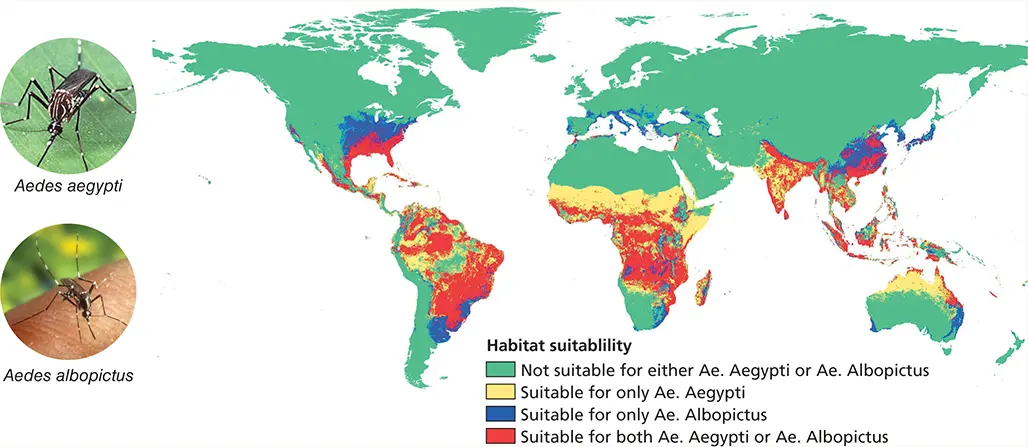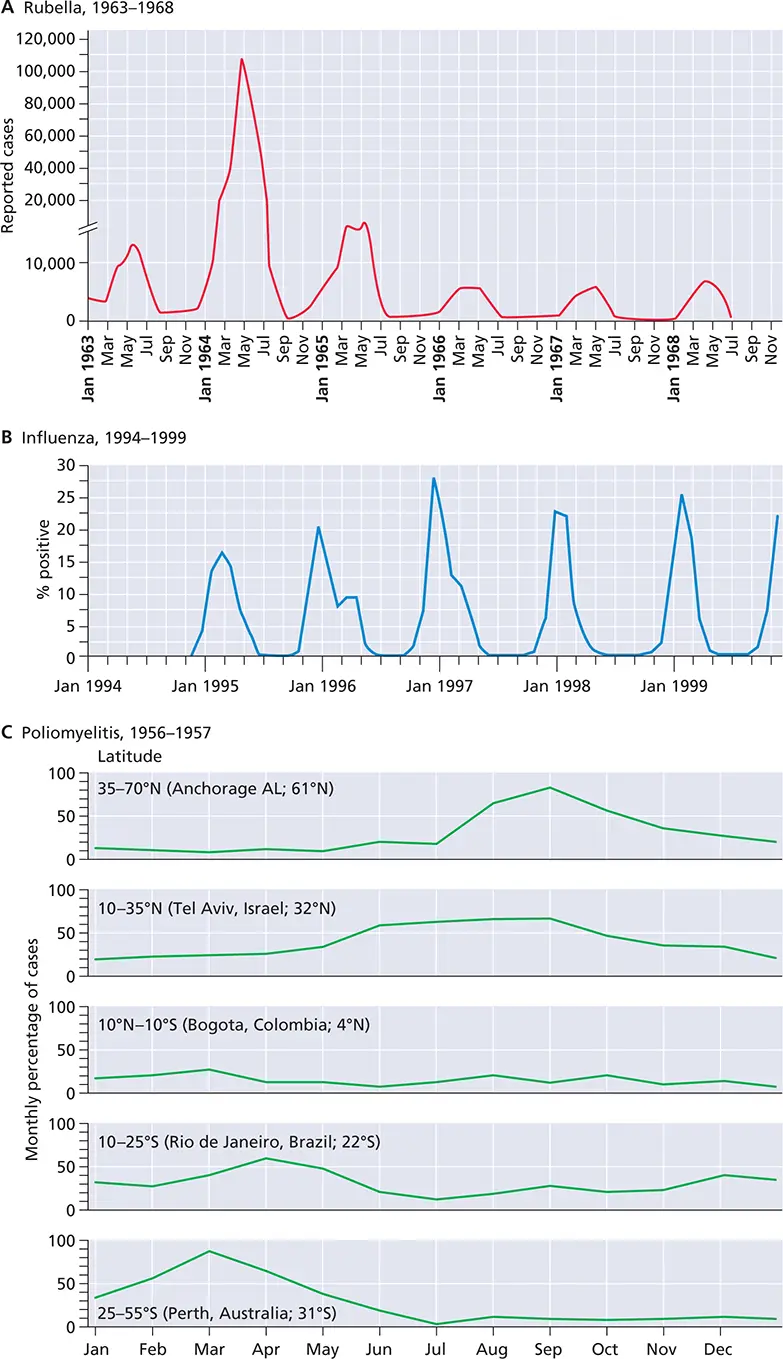S. Jane Flint - Principles of Virology, Volume 2
Здесь есть возможность читать онлайн «S. Jane Flint - Principles of Virology, Volume 2» — ознакомительный отрывок электронной книги совершенно бесплатно, а после прочтения отрывка купить полную версию. В некоторых случаях можно слушать аудио, скачать через торрент в формате fb2 и присутствует краткое содержание. Жанр: unrecognised, на английском языке. Описание произведения, (предисловие) а так же отзывы посетителей доступны на портале библиотеки ЛибКат.
- Название:Principles of Virology, Volume 2
- Автор:
- Жанр:
- Год:неизвестен
- ISBN:нет данных
- Рейтинг книги:3 / 5. Голосов: 1
-
Избранное:Добавить в избранное
- Отзывы:
-
Ваша оценка:
- 60
- 1
- 2
- 3
- 4
- 5
Principles of Virology, Volume 2: краткое содержание, описание и аннотация
Предлагаем к чтению аннотацию, описание, краткое содержание или предисловие (зависит от того, что написал сам автор книги «Principles of Virology, Volume 2»). Если вы не нашли необходимую информацию о книге — напишите в комментариях, мы постараемся отыскать её.
Volume I: Molecular Biology
Volume II: Pathogenesis and Control
Principles of Virology, Fifth Edition
Principles of Virology, Volume 2 — читать онлайн ознакомительный отрывок
Ниже представлен текст книги, разбитый по страницам. Система сохранения места последней прочитанной страницы, позволяет с удобством читать онлайн бесплатно книгу «Principles of Virology, Volume 2», без необходимости каждый раз заново искать на чём Вы остановились. Поставьте закладку, и сможете в любой момент перейти на страницу, на которой закончили чтение.
Интервал:
Закладка:
Geography and Population Density
Some viruses are found only in specific geographical locations. The regional occurrence of viral infections may be due to the restriction of a vector or animal reservoir to a limited area. For example, most insect vectors are restricted to a specific region or ecosystem; unless this vector “escapes” its natural habitat, the viruses that it harbors will also be geographically constrained. Changes in migration routes or territory of a reservoir species may therefore influence the distribution of a virus and lead to new interactions with other species, increasing the risk of zoonotic transmission. A striking example of how a vector can change the location in which a virus is found is provided by the global spread of chikungunya virus ( Box 1.9).
BOX 1.9
DISCUSSION
A virus on the move

Habitat suitability for both Aedes aegypti and Aedes albopictus. A. albopictus image courtesy of CDC/James Gathany (CDC-PHIL ID 1863). Right panel reprinted from Leta S et al. 2018. Int J Infect Dis 67:25–35, with permission.
Chikungunya virus is an alphavirus in the family Togaviridae . The virus is spread by mosquitos (primarily the notorious Aedes aegypti ). The viral disease has been known for more than 50 years in the tropics and savannahs of Asia and Africa, but had never been a problem in the developed countries of Europe or the United States. The disease causes unpleasant rashes and joint pain, but infections are not fatal. In the last decade, however, something changed dramatically and brought this once exotic disease into the forefront of public concern.
In 2004, outbreaks of chikungunya disease spread rapidly from Kenya to islands in the Indian Ocean and then to India, where it had not been reported in over 30 years. In some of the Indian Ocean islands, more than 40% of the population fell ill. In 2007, there was an out-break in Italy, the first ever in Europe. What had happened to change the pattern of infection?
An alarming finding was that the Asian tiger mosquito ( Aedes albopictus ) became an efficient new vector for the virus. A point mutation in the viral genome appears to be the cause of the vector expansion and, perhaps, for the epidemic spread of the disease in areas in which it had been unknown. A. albopictus , which has a greater geographical range than A. aegypti , is spreading across the globe from eastern Asia and is now found in mainland Europe and the United States. This mosquito is a maintenance (occasionally epidemic) vector of dengue viruses in parts of Asia, and is a competent vector for several other viral diseases. Since its discovery in the United States, five arboviruses (Eastern equine encephalitis, Keystone, Tensaw, Cache Valley, and Potosi viruses) have been isolated from A. albopictus .
Enserink M. 2007. Infectious diseases. Chikungunya: no longer a third world disease. Science 318:1860– 1861.
Host population density is a critical parameter for some virus populations to be sustained. Person-to-person transmission of some acute viral infections occurs only if the host population is large and interactive. For example, measles virus can be maintained only in human populations that exceed ∼200,000, most likely because there is no animal reservoir, and infected individuals develop complete and long-lasting immunity. These infections are rarely found in isolated groups that might populate small islands or areas with extreme climates. Before global travel was possible, isolated host populations were the norm, and the distribution of viruses was far more limited. Now, however, as illustrated by the rapid colonization of the Western Hemisphere by West Nile virus, viruses are transported routinely and efficiently around the globe. In fact, epidemiologists have begun to think about the potential for epidemics in terms of the “effective distances” between airports, arguing that London is actually closer to New York than to other British towns, based upon air traffic densities. The larger the number of people that travel between airports and the cities that they serve, the smaller the effective distance. Data derived from consideration of population density might also influence public health measures. It was recently shown that influenza epidemics are governed by both population size and humidity, which led to the proposal that large metropolitan areas should focus their public health efforts on reducing influenza spread, whereas smaller cities and towns should focus on minimizing harm from such infections.

Figure 1.10 Seasonal variation in disease caused by three human pathogens in the United States. (A)Annual cycles of rubella between larger epidemics, which occurred every 6 to 9 years (1963 to 1968). (B)Annual cycles of influenza virus infection (1994 to 1999). Note the strong seasonal prevalence. (C)Monthly incidence of poliomyelitis at different latitudes, with representative cities denoted. Data from Dowell SF. 2001. Emerg Infect Dis 7:369–374.
Climate
In contrast to cultured cells that grow under conditions of stable temperature and humidity, or laboratory animals that live in strictly controlled enclosures, humans and other animals exist in ever-changing environments that directly influence viral biology. These changes include normal seasonal variations as well as progressive changes, such as climate change.
Climate, including temperature and humidity, can have a profound influence on viral infections of populations. Indeed, there is a striking seasonal variation in the incidence of most acute viral diseases ( Fig. 1.10). Respiratory virus infections occur more frequently in winter months, whereas infections of the gastrointestinal tract predominate in the summer. Seasonal differences in diseases caused by arthropod-borne viruses are clearly a consequence of the life cycle of the insect vector; when there are fewer mosquitos, there is a parallel reduction in the prevalence of the viruses that they harbor. However, the basis for the seasonal nature of infections by viruses that are not transmitted by arthropod vectors is less obvious. It has been suggested that the seasonality of some infections is attributable to temperature- or humidity-based differences in the stability of virus particles. For example, poliomyelitis was known as a summertime disease in New England; in Hawaii, however, with its stable and temperate climate, poliovirus infections occurred throughout the year. The prevailing view is that poliovirus is inactivated during winter months when humidity is low. In contrast, other viruses, such as influenza virus, remain infectious through the drier winter months.
BOX 1.10
EXPERIMENTS
Temperature influences the transmission of influenza virus

Model for the effect of humidity on the transmission of influenza virus. (Top)Virus particles can be contained in airborne aerosols that are produced from coughs or sneezes. The water in these small droplets evaporates, concentrating the particles into droplet nuclei (defined as droplets <5 mm in diameter and so small and light that they may remain suspended in the air for several hours). ( Bottom)Transmission efficiency at 20°C (dashed line) or 5°C (solid line) is shown as a function of percent humidity. At 20°C, transmission is highest at low humidity, conditions that favor conversion of exhaled droplets into droplet nuclei. Reduced particle stability at intermediate humidity is the cause of poor transmission. At high humidity, the conversion from droplets to droplet nuclei is inhibited, and the heavier droplets fall from the air, reducing transmission. At 5°C, transmission is more efficient than at 20°C, but there is a gradual loss of transmission with increasing humidity, presumably also as a consequence of the reduced formation of droplet nuclei. Adapted from Lowen AC et al. 2007. PLoS Pathog 3:1470–1476, under li cense CC BY 4.0. © 2007 Lowen et al.
Читать дальшеИнтервал:
Закладка:
Похожие книги на «Principles of Virology, Volume 2»
Представляем Вашему вниманию похожие книги на «Principles of Virology, Volume 2» списком для выбора. Мы отобрали схожую по названию и смыслу литературу в надежде предоставить читателям больше вариантов отыскать новые, интересные, ещё непрочитанные произведения.
Обсуждение, отзывы о книге «Principles of Virology, Volume 2» и просто собственные мнения читателей. Оставьте ваши комментарии, напишите, что Вы думаете о произведении, его смысле или главных героях. Укажите что конкретно понравилось, а что нет, и почему Вы так считаете.



